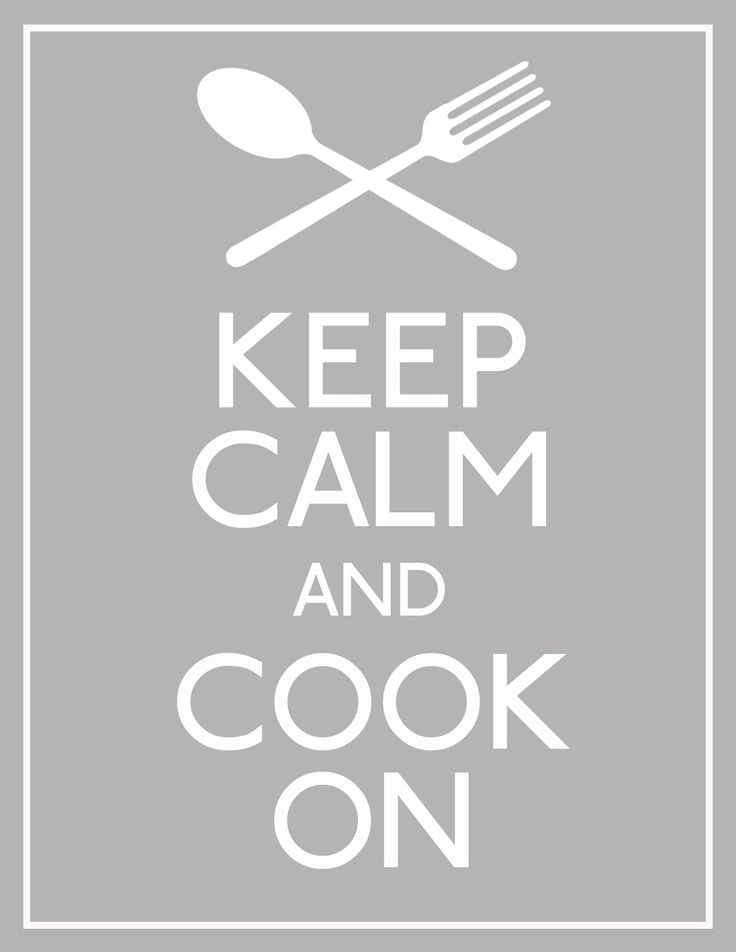Figuring out how to cook is an incredibly personal process. What works for one chef, cook or culinary creative, won’t necessarily work for another. Let me explain.
I grew up in a household where parents cooked dinner every night and much to my or my brother’s teenage dismay, we had to sit down at the table with them each evening and share that meal together. Interestingly, this didn’t exactly evoke a need to cook as I got older. In fact, for the first 5 years I lived on my own I sustained myself on Kraft Dinner and canned tuna fish “casseroles” and taco salad. Not exactly revolutionary, I know.
And then one day – thanks to some newly acquired information and a desperate need to eat anything other than KD and taco salad – I started to cook. Small things at first like broiled salmon and rice or boiled vegetables. Once I obliterated those dishes enough, I moved on to basics like how to hold a knife, how to dice an onion, how to set up my mis en place, and even figured out the difference between braising, stewing and boiling.
I’ve come a long way since then and cook pretty much every day. I’ve learned a lot and will now share my process for culinary creativity in the hopes that it’ll inspire you to start or share your own. This is how to cook – at least in my kitchen.
1. Decide on a primary ingredient. This might be a protein like steak or chicken or black beans – though it could also be a flavor profile I want to showcase like lemon, rosemary or even smoked paprika.
2. Google it. Or in other words, collect information. See what other people are doing with it. What’s popular? Is it interesting to me? What could I do differently?
3. Decide on a cooking method. This will determine what I want to pair it with. What does the season call for? BBQ? Braise? Pan fry? Deep fry? Raw? Blanche? Pickle? There are so many ways to prepare food – it all depends on my mood.
4. Pair it with other elements that will appear on the plate – sides and garnish. Again, my research comes in handy here both for what I choose to use and what I choose not to.
5. Collect the ingredients from my pantry and the market.
6. Mis en place. Get everything ready and prepared – lay it all out and be ready to giver. Small bowls in varying colors and sizes are very useful for this and their colors can give your process new energy! Never stop buying small bowls.
7. Cook. Taste. Cook some more. Taste some more. Make sure it tastes GOOD and adjust if necessary. Always ask yourself: “What’s working? What isn’t?”. Just because you started one way doesn’t mean you have to finish that way. Cooking is a process; evolve.
8. Garnish with something delicious – fresh chives, a wedge of lemon, salt. Serve.
Yup. That’s about it. 8 central steps. Breaking it up like this not only helps me get from point A (hungry) to point Z (satisfied), it also breaks the steps up into manageable bits. Think of it like a recipe for how to cook. One thing at a time – no matter how simple or complex the dish.
What’s your creative process either in the kitchen or outside of it? How do you cook? Can you break it into steps? Or is it more of a free-flowing pinch of this, dash of that? Is there anything you ALWAYS do? NEVER do? Share your thoughts below or on our Facebook Page!
The Culinary Exchange can be found on Facebook, Twitter, Instagram, Pinterest, Google+ and YouTube.
Come on! Follow Along!






Creative cooking is my passion. I have formulated six distinct areas any chef can use to explore new culinary horizons under the title of Translation. They are Substitution, Form, Inspiration, Texture, Methods and Deconstruction. Whether you use one or more of these Translation subsets you can create endless variations of your favorite dishes. I have posted many different examples in the blog Chef-Think.com as I go through each subset one at a time.
Hi Gord! The official process we use here at the Knickerbocker Glory is made up of 6 steps called the …ates. The steps are in the following links
http://theculinaryexchange.net/blog/innovation-series-part-1-stating-your-purpose/
http://theculinaryexchange.net/blog/innovation-series-part-2-inspiration-stimulus/
http://theculinaryexchange.net/blog/innovation-series-part-3-creating-themes/
http://theculinaryexchange.net/blog/generating-new-ideas/
http://theculinaryexchange.net/blog/innovation-series-part-5-bringing-ideas-to-life/
http://theculinaryexchange.net/blog/innovation-series-part-6-iteration-tweak-redo-perfect/
They are also in my book called Knickerbocker Glory:A Chef’s Guide to Innovation in the Kitchen and Beyond.http://theculinaryexchange.net/blog/innovation-series-part-6-iteration-tweak-redo-perfect/ Let me know if you check it out.
I very much like your posts on the idea of Translation! Very nice. Best to you! Matthew